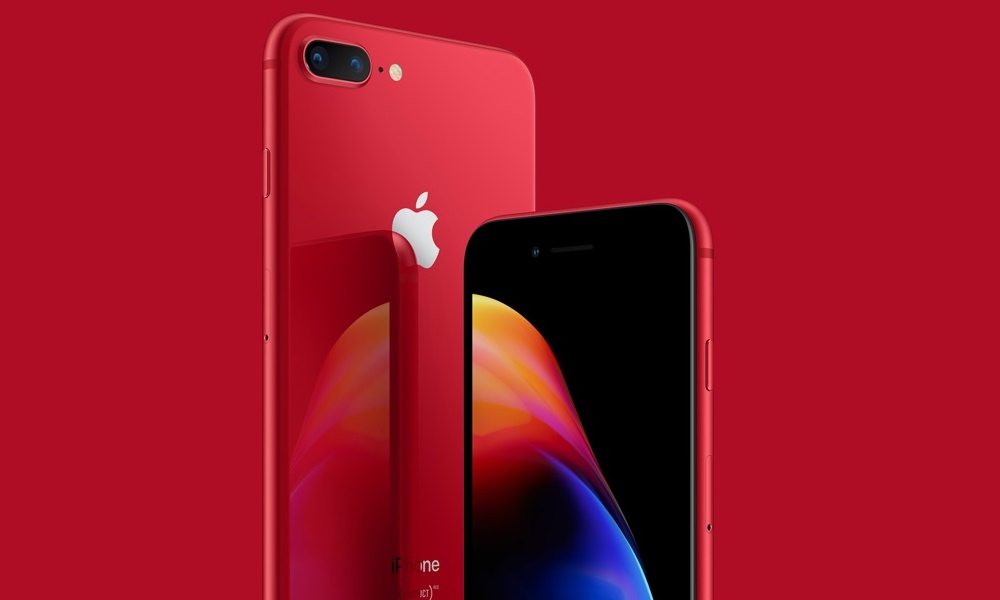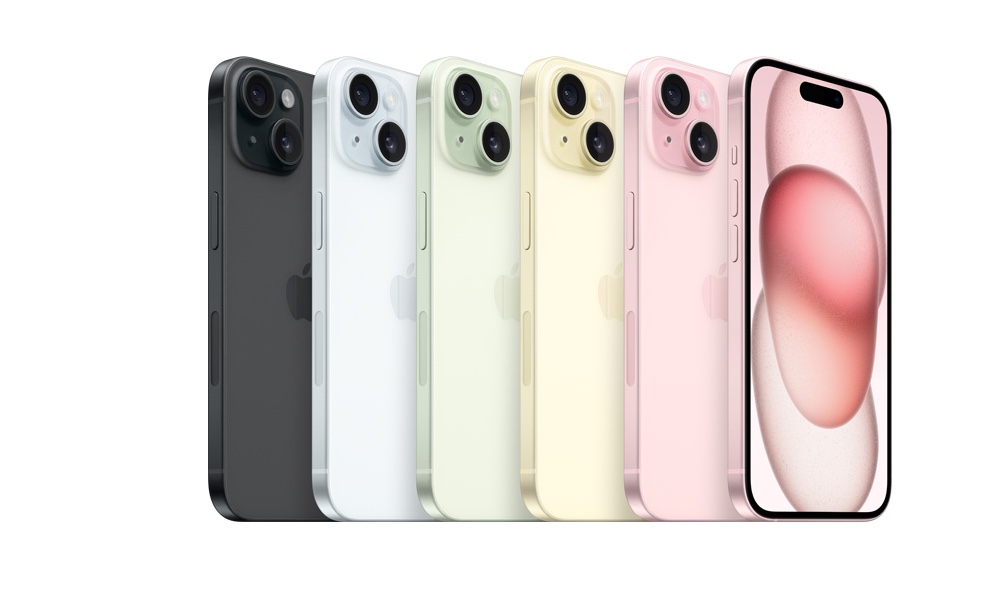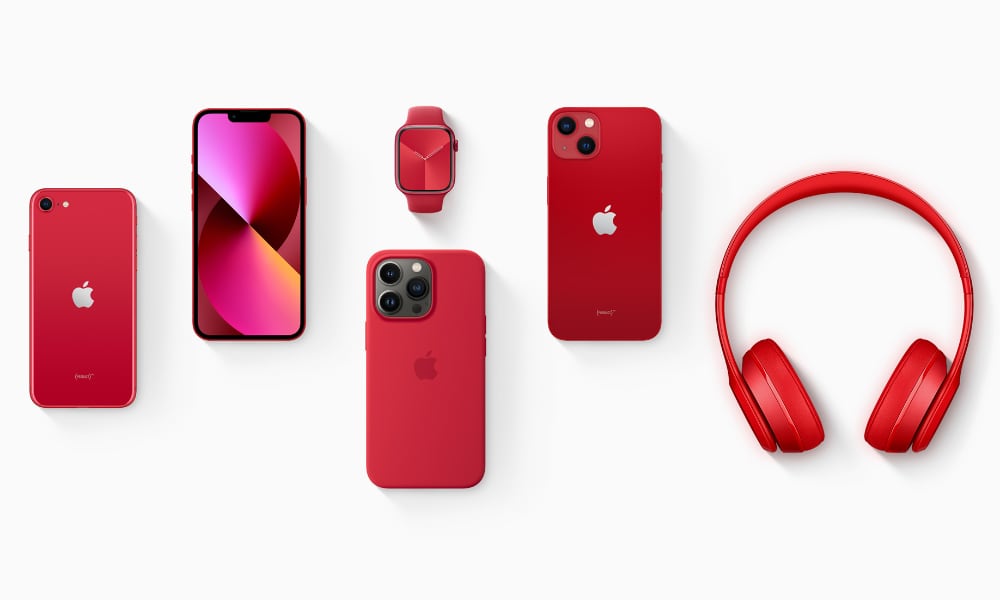Is This The End of Apple’s (RED) Partnership?
 Credit: (RED)
Credit: (RED)
Toggle Dark Mode
Over the past 18 years, Apple has provided over $270 million to support the Global Fund in its fight against HIV/AIDS, tuberculosis, and malaria epidemics in developing countries. However, recent developments have made us wonder if that partnership is slowly coming to an end.
Apple’s contributions over the past two decades make up nearly 40% of the total provided to the Global Fund through project (RED) — funds primarily raised through the sale of special edition (PRODUCT)RED Apple products across multiple generations. Red isn’t just another color for Apple; it’s the foundation of the entire partnership, which funnels a portion of sales for each of those products into the Global Fund.
Apple kicked off its partnership with (RED) in 2006 with a special edition of the second-generation iPod nano, promising that a flat $10 from each unit sold would go to the global fund. During that first year, those sales resulted in Apple contributing more to the Global Fund than any other (RED) partner.
The (PRODUCT)RED iPod nano continued for every subsequent generation. For the first five years of the partnership, it was the most visible product available, later joined by the iPod shuffle and finally the iPod touch in 2012. Still, Apple held out in bringing us a (PRODUCT)RED iPhone until 2017, when it made its first mid-cycle color release to bring us a red iPhone 7.
It followed that up in the spring of 2018 with a (PRODUCT)RED iPhone 8 that differentiated itself from the previous version by featuring black bezels on the front instead of white. Then, when the iPhone XR brought a splash of color back to the entire iPhone lineup, (PRODUCT)RED was right there among them from the start.
That continued as a staple for the next four generations. The iPhone 11, iPhone 12 and iPhone 12 mini, iPhone 13 and iPhone 13 mini, and the iPhone 14 and iPhone 14 Plus all came in (PRODUCT)RED variations — and they were available at launch. Apple resurrected mid-cycle color updates with the iPhone 12, but those added other fresh shades like purple, green, and yellow.
The Apple Watch also joined the party in 2020 with the Apple Watch Series 6, and by 2021, Apple was also offering (RED) Apple Watch faces to match. Series 7, Series 8, and Series 9 versions continued the (RED) tradition, and while the Apple Watch Ultra was left out, so were Apple’s iPhone Pro models.
Then came the iPhone 15 in 2023. While Apple still released a (PRODUCT)RED Apple Watch Series 9 that year, the iPhone 15 conspicuously omitted any deeper shades. At the time, we chalked that up to Apple’s new color-infused glass; after all, the entire lineup was made up of washed-out pastels, with a blue that could easily be mistaken for white.
However, when the iPhone 16 arrived last fall with much richer and more saturated shades, the absence of a red version was much more conspicuous. The Apple Watch Series 10 similarly dropped the (PRODUCT)RED version, falling back on more neutral shades of silver, rose gold, and Jet Black. Along with red, the Apple Watch Series 10 lost the other fun colors like the Series 9’s pink aluminum or the green and blue of the Series 7.
While there’s still a possibility that Apple could do a mid-cycle iPhone 16 color update, we’re not counting on it. We saw a hint last year that a (PRODUCT)RED iPhone 15 might have been on the horizon, but it never materialized. In retrospect, it’s likely the photo shared by (RED) was simply an iPhone 14 — the last mainstream iPhone available in that shade.
With the release of the iPhone 16e this week, Apple officially killed off its last two (PRODUCT)RED iPhones without a replacement. The new entry-level iPhone 16e comes only in black and white, omitting the red version of its spiritual predecessor, the 2022 iPhone SE 3. That model has naturally been discontinued to make way for the iPhone 16e, but in a more surprising move, so have the iPhone 14 and iPhone 14 Plus.
The future of Apple’s 2022 iPhones was already in doubt, as Apple had already been forced to pull these Lightning-equipped models off the market in Europe due to the new USB-C regulations coming into force. However, the $599 starting price of the iPhone 16e left no room for an iPhone 14 that was previously sold in that price range.
This means Apple no longer sells any devices with the (PRODUCT)RED branding. Apple still offers (PRODUCT)RED silicon cases for older iPhone models from the red generation, but even the iPhone 15 and iPhone 16 silicon cases are no longer available in that special color.
Apple hasn’t said anything about its relationship with (RED). It’s still listed as a partner, but even its most ambitious donation programs have been based on sales of (PRODUCT)RED items. The disappearance of these from its lineup makes us wonder if we’re seeing the end of an era.











